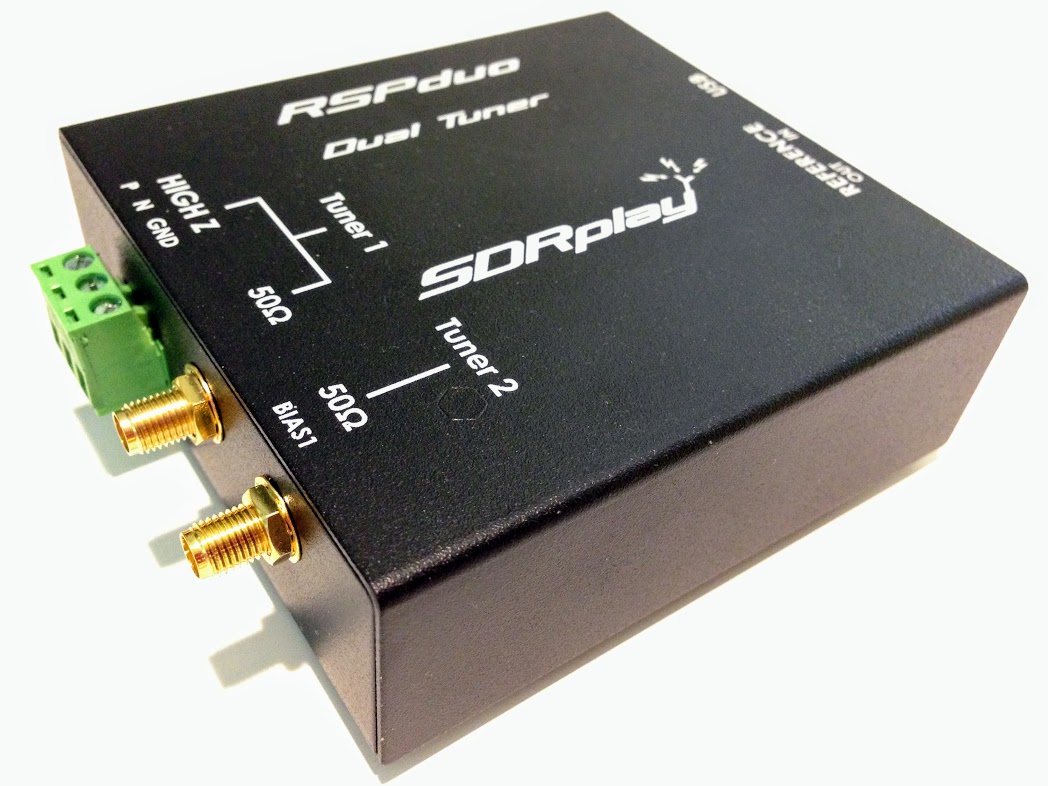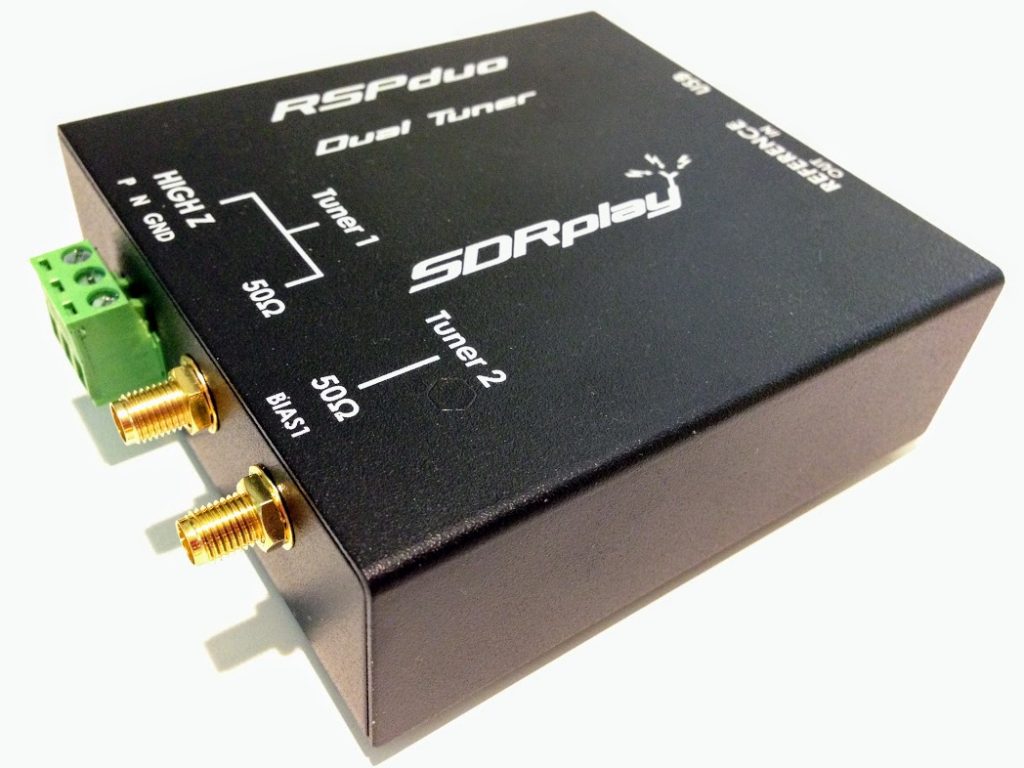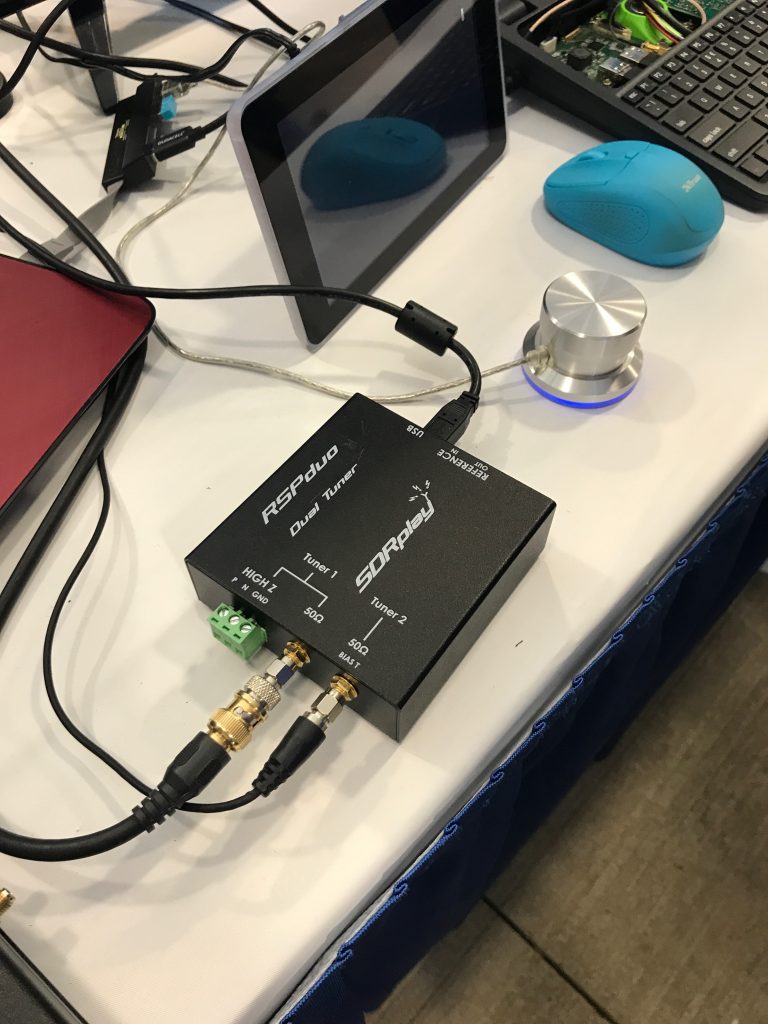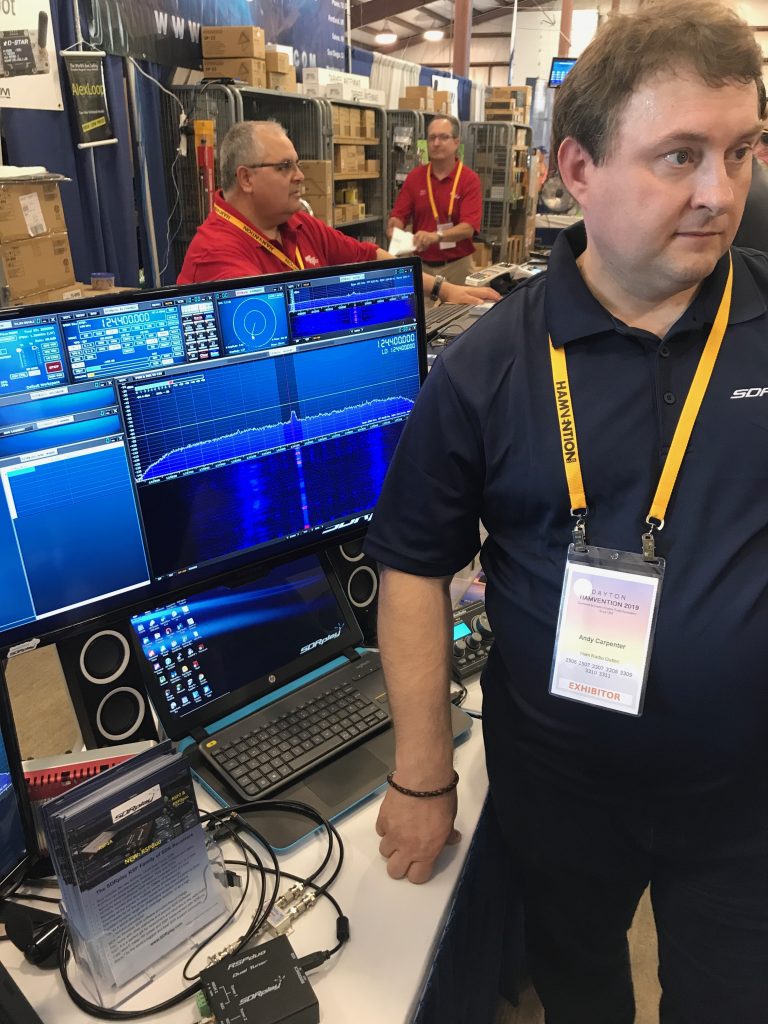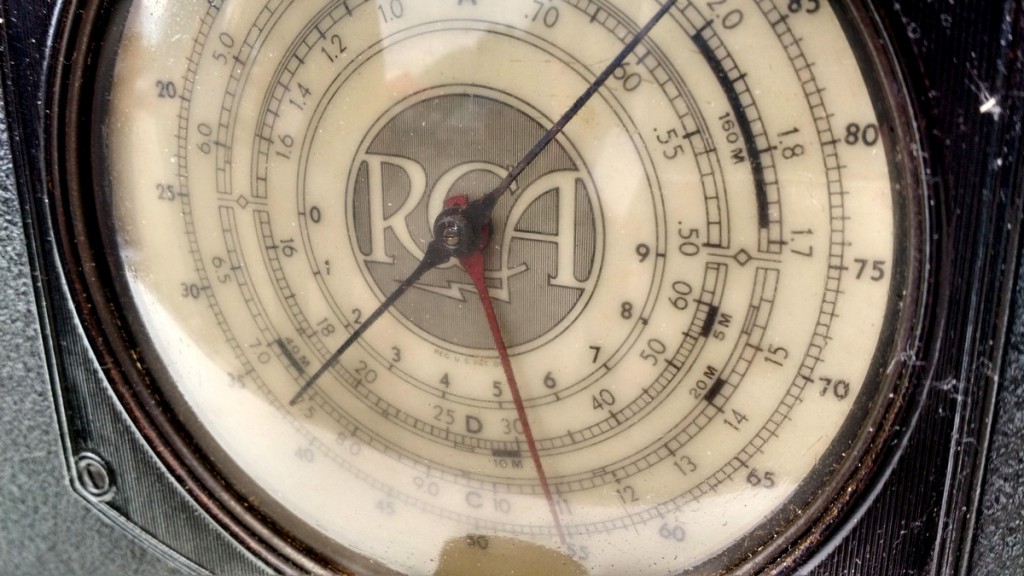I just finished listening to the most recent episode of the Ham Radio Workbench with John Fallows (VE6EY) as a guest.
John is an SWL and Ham Radio operator and speaks at length about how he uses diversity reception to mitigate persistent local RFI (radio frequency interference).
If you have persistent issues with radio interference or if you’ve been curious about using diversity reception for mediumwave and shortwave DXing, I highly recommend listening to this episode. John has been known to frequent the SWLing Post and actually comes into the discussion primarily from an SWL’s perspective.
If you’ve tried diversity reception or a noise-cancelling system like the Timewave ANC-4+ in the past with mixed results, you’ll definitely benefit from listening to John’s best practices.
In addition, John points out that the excellent SDRplay RSPduo is a very affordable way to explore proper diversity reception.
How effectively can you mitigate RFI with diversity reception? Check out this video on YouTube queued up to the point where John does a live demo with his Anan SDR and loop antennas: https://youtu.be/vu8D87aVUTQ?t=2011 (I also recommend watching to full video presentation for even more detail.)
I’ve embedded the audio for the Ham Radio Workbench podcast below, but you can also find it along with show notes on the Ham Radio Workbench website.
Ham Radio Workbench is one of my favorite podcasts; if you like exploring a wide variety of technical topics, I highly recommend checking it out. It’s available on all podcasting platforms.
Also, check out John VE6EY’s YouTube channel and web site/blog.

